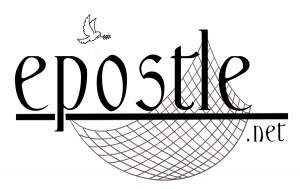Suffering: Not a Response to Sin
Armodoxy for Today: The Advent Series – Evil is no response to sin
During the Sundays of the Advent period, the Armenian Church points us to certain Gospel passages that prepare us for the Revelation at Theophany. One such passage comes from the Gospel according to St. Luke chapter 13. Here, Jesus explains that disaster, or evil, does not come upon a person because of his or her sins. Jesus brings up two incidents where people died a suffering death, one was the story of Galileans who made a sacred gesture to the Lord which was desecrated by the Roman governor, Pilate. And the other was a catastrophe involving a tower which fell and killed18 people. Regarding the victims of these tragedies, Jesus says, “Do you think they were more guilty than all the others living in Jerusalem? I tell you, no! But unless you repent, you too will all perish.”
The details of the stories are not the focus of Jesus’ message to us. These two tragedies of the Galileans and the tower had meaning for the people of the time but are inconsequential for us today separated by 2000 years from the events. In place of these tragedies to which Jesus alludes, you may substitute the Covid-19 pandemic or the destroyed Twin-Towers of 9/11 – two events that are part of our common memory and history – and hear His voice ask the same question, “Do you think they – the victims if Covid-19 – were more guilty than everyone else? I tell you, no! But unless you repent, you too will all perish.”
The lesson that comes to us from Jesus reminds us that catastrophes or human sufferings are not judgments of God upon us. As many believe today, so too, in the times of Jesus, when evil or suffering comes upon a person, especially the seemingly innocent, there are many who believe it is God’s wrath that is being played out on their sins. Whether it is a person who suffers from cancer, a person blind-sided by a drunk driver, or the innocent children bombed in a war, Jesus says emphatically: No! It is not because they sinned! Rather, listen attentively to his warning, “Unless you repent, you too will all perish.” Plainly, He is saying, Stop blaming God for the suffering you cause in the world! Unless you repent… unless you stop polluting your environment, unless you stop driving under the influence, unless you stop the wars… yes, you too will perish!
A small, but important reminder during our Advent journey, about personal responsibility and truly, the remarkable and unique message delivered to us by our Lord Jesus Christ.
Let us pray, from the 15th hour of St. Nersess Shnorhali’s prayer, “Christ, the guardian of all, let Your Right Hand guard and shelter me by day and by night, while at home and while away, while asleep and while awake, that I may not fall. Have mercy on me on all your creatures and on me, a sinner. Amen.


